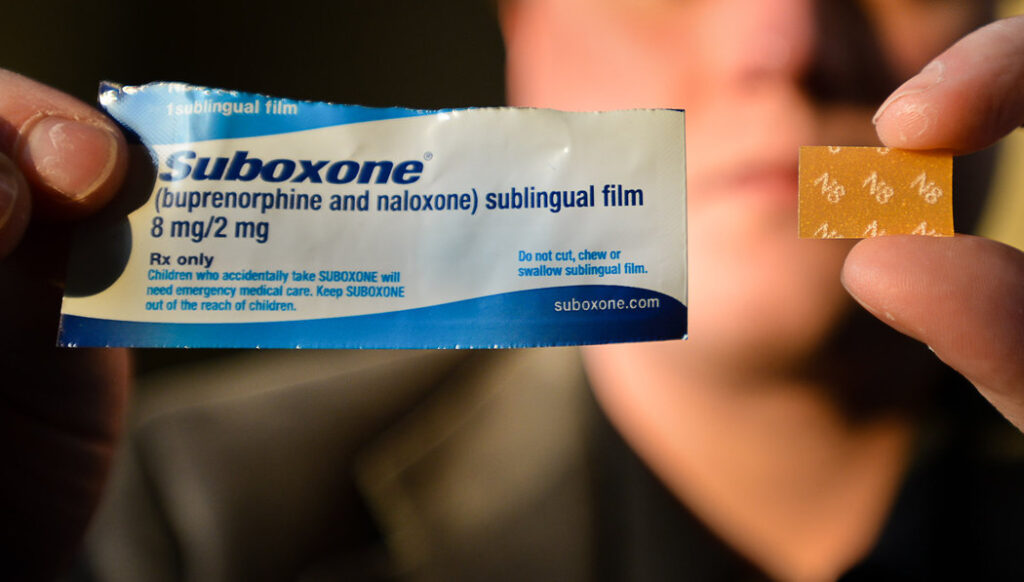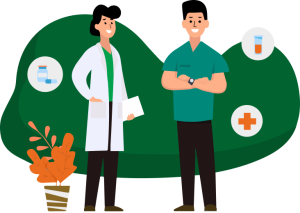
The opioid epidemic has torn through communities across the United States, leaving behind a trail of devastation that touches every demographic. From suburban neighborhoods to inner cities, the grip of addiction has been relentless. But in recent years, a powerful response has been gaining momentum: the rise of Suboxone clinics. These specialized facilities are changing how we approach opioid use disorder, offering a blend of medical treatment and human-centered care that gives individuals a real shot at long-term recovery.
Instead of focusing solely on abstinence or punitive approaches, Suboxone clinics provide medication-assisted treatment (MAT), a method grounded in medical science and patient support. It’s a shift in mindset (from criminalizing addiction to treating it as a chronic but manageable condition).
Understanding Suboxone and Its Role in Recovery
Suboxone is a prescription medication that combines two active ingredients: buprenorphine and naloxone. Buprenorphine is a partial opioid agonist, which means it binds to the same receptors in the brain as drugs like heroin or oxycodone, but in a much weaker way. This helps reduce cravings and withdrawal symptoms without producing a significant high. Naloxone, on the other hand, is an opioid antagonist that blocks and reverses the effects of opioids. When used together, these two compounds offer a safer, more controlled pathway to recovery.
Suboxone’s unique profile makes it one of the most effective medications available for opioid use disorder. It provides physical relief during withdrawal and reduces the risk of relapse, giving patients the breathing room they need to focus on deeper healing (mental, emotional, and social).
Unlike detox, which is often the first step in recovery, Suboxone treatment is meant to be part of a longer-term strategy. Patients may stay on the medication for months or even years, depending on their needs and goals. The key is consistency, supervision, and support.
What to Expect at a Suboxone Clinic
Walking into a Suboxone clinic for the first time can be intimidating, especially for someone who has faced stigma or judgment in the past. But these clinics are designed to be welcoming and nonjudgmental. The goal is to meet people where they are and help them move forward.
At most Suboxone clinics, the treatment process begins with a comprehensive intake. This includes a medical exam, substance use history, mental health evaluation, and a conversation about the patient’s goals. Once the provider determines that Suboxone is appropriate, they will initiate what’s known as the induction phase. During this phase, the patient begins taking Suboxone under supervision to monitor its effects and adjust the dosage as needed.
After induction, patients transition into the maintenance phase. This is where the true work of recovery happens. Clinics offer a range of supportive services including individual therapy, group counseling, peer support, case management, and referrals to community resources. Many also help patients address related issues such as housing, employment, or co-occurring mental health disorders.
Each Suboxone clinic operates slightly differently, but the overarching philosophy is the same: holistic care that treats the whole person, not just the addiction.
The Impact of Suboxone Clinics on Communities
The benefits of Suboxone clinics extend beyond individual patients. By reducing opioid-related deaths, decreasing emergency room visits, and lowering rates of crime and disease transmission, these clinics play a vital role in public health.
In cities like Cincinnati, where the opioid epidemic has had a particularly severe impact, the presence of Suboxone clinics is a crucial part of the response. A well-established Suboxone clinic in Cincinnati serves as more than just a medical office (it becomes a hub of recovery and connection). It provides a place where people can find stability and start rebuilding their lives.
For families, the ripple effect is enormous. When a parent, sibling, or child gets the support they need, the entire household benefits. Children get a more present caregiver, spouses find renewed hope, and communities begin to heal from the inside out.
Common Myths and Misconceptions
Despite their proven effectiveness, Suboxone clinics still face criticism and misinformation. One of the most persistent myths is that Suboxone is simply replacing one addiction with another. This belief ignores the vast difference between using an unregulated street opioid and taking a medically prescribed treatment under supervision.
Suboxone, when taken as directed, does not produce a euphoric high. It stabilizes brain chemistry and reduces the chaos that addiction causes. For someone caught in a cycle of relapse and overdose, that stability can be life-changing.
Another misconception is that Suboxone should only be used short-term. In reality, studies show that longer treatment durations are associated with better outcomes. Just like insulin for diabetes or medication for high blood pressure, Suboxone can be a long-term support for a chronic condition.
Barriers to Access and Equity
Despite their potential, Suboxone clinics are not equally accessible to everyone. Some communities, especially in rural or underserved urban areas, have too few clinics or providers licensed to prescribe Suboxone. Transportation, cost, and stigma can also make it harder for people to get the care they need.
Telehealth has helped bridge some of these gaps. Since the COVID-19 pandemic, many clinics have expanded remote services, allowing patients to attend appointments, receive prescriptions, and participate in counseling from home. While telehealth is not a complete substitute for in-person care, it has proven to be a valuable tool in improving access.
Insurance coverage is another major factor. While Medicaid and many private insurers do cover Suboxone treatment, coverage can vary. Advocates continue to push for broader, more consistent insurance policies that support MAT and eliminate barriers like prior authorization or arbitrary time limits.
The Human Side of Recovery
At the center of every Suboxone clinic is a story. A young man who lost his job and nearly his life to fentanyl. A mother who wants to be present for her children. A grandmother raising her grandkids while trying to stay clean. These stories remind us that addiction doesn’t discriminate, and neither should recovery.
A Suboxone clinic in Cincinnati may serve hundreds of patients a year, but for each person, the journey is deeply personal. The clinic becomes a place of safety and trust. Providers remember patients’ names, ask about their kids, and celebrate their milestones. Over time, those small moments add up to something powerful: self-worth, purpose, and a belief that change is possible.
Why Suboxone Clinics Matter More Than Ever
As fentanyl continues to flood the illicit drug supply, the stakes for effective treatment have never been higher. Overdose deaths remain a leading cause of preventable death in the United States. Suboxone clinics offer one of the most reliable ways to turn those numbers around.
They are not perfect, and they are not a silver bullet. But they represent a critical step forward in how we understand and address addiction. By combining medical innovation with empathy and support, Suboxone clinics are saving lives and transforming futures.
Policymakers, healthcare providers, and communities have a responsibility to support and expand access to this life-saving model. That includes funding, education, and reducing stigma. Because when people feel safe asking for help, they’re far more likely to get it, and to stick with it.
Looking Ahead
The road to recovery is rarely straight or easy. Relapse can happen, progress may be slow, and healing takes time. But Suboxone clinics remind us that recovery is possible. That with the right tools and support, people can not only survive addiction but thrive after it.
As more individuals, families, and cities embrace the potential of these clinics, the narrative around addiction is beginning to shift (from punishment to possibility). And that might be the most hopeful development of all.






